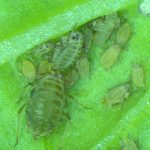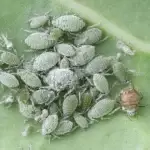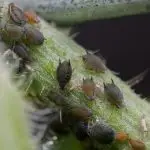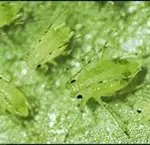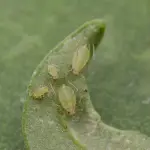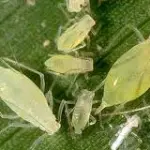Ladybirds
Overview
Ladybirds are iconic predatory beetles that play an important role in regulating pest populations in natural and agricultural ecosystems.
You can use Ladybirds in a variety of crops, both in protected cropping and in the field. Ladybirds are useful in crops prone to aphid infestation such as cotton, brassicas, melons, potatoes, capsicums, roses, cannabis and tree crops.
When pest numbers are low, Ladybirds can persist in the crop or in nearby vegetation by eating alternative prey species and pollen from flowers.
Hippodamia variegata is a species of predatory beetle commonly known as the Variegated Ladybird or White Collared Ladybird. It is present throughout Australia showing they can survive a wide range of temperatures including temperate, Mediterranean, and subtropical conditions.
Pests Ladybirds can help you control
While you are likely to introduce Ladybirds to control aphids, the predatory beetles can also help you control mites, scale insects, leafhoppers, moth eggs, and small caterpillars once they are established.
How Ladybirds controls pests among crops
Ladybirds consume aphids at all active stages but most feeding occurs from larger larval stages and the adults.
Carefully place the Ladybird egg cards or adults onto plants with existing aphid infestations. We also recommend you release aphid parasites in conjunction with Ladybirds before the pests become established in your crop.
Certain pesticides and fungicides will affect Ladybirds, so contact your local Biological Services Consultant for specific advice.
How you can order Ladybirds
You can order Ladybirds from Biological Services in units of 200 eggs on cards, or 50 adults in a punnet.
Get tailored advice for your commercial crop
To speak with one of our qualified consultants about your current commercial crop challenge or to learn about the benefits of the IPM maintenance and monitoring services we provide, contact us.
